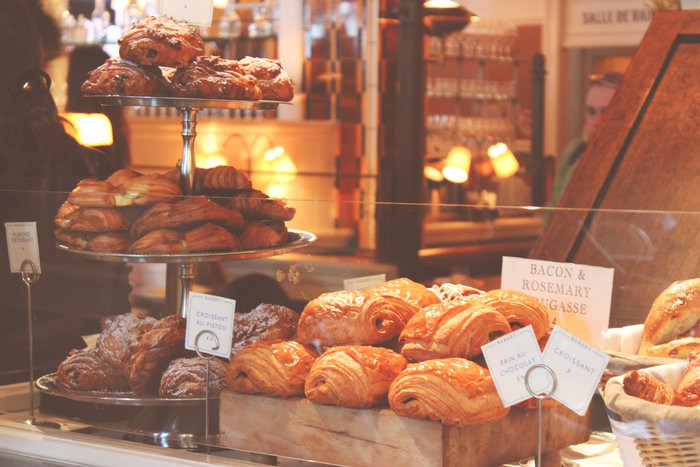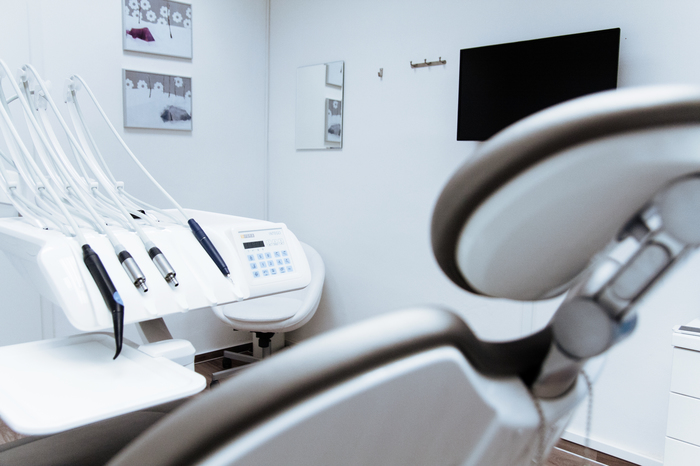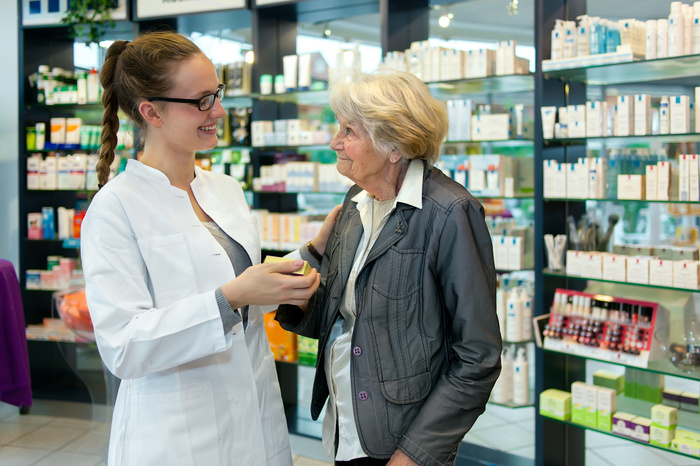The purpose of hygiene coatings is to provide a seamless protective layer on ceilings, walls and floors. This helps prevent the introduction of mould, fungus and bacteria and leaves an easy-to-clean, hygienic finish.
When manufacturing products that require strict compliance with hygiene standards, hygiene coatings are essential.
We have previously looked at the background of hygiene coatings and their importance in food safety. But the specifics of hygiene coatings vary between where they are used and the level of hygiene required.
Like any job we tackle, hygiene coatings are applied according to the specific demands of the client.
Let’s look at the individual elements on this topic to get a more in-depth understanding of hygiene coatings.

Hygiene coatings improve health of many different spaces
Although food safety is more regularly touched on when explaining hygiene standards within a manufacturing plant, the reality is that many different areas require hygiene coatings.
Anywhere that could be a potential breeding ground for germs demands stringency of hygiene requirements. Hygiene coatings are used in the following areas as a preventative measure against harmful pathogens.
- Food and beverage manufacturing plants
- Meat and vegetable processing plants
- Breweries
- Bakeries
- Dairies
- Pharmaceutical clean rooms and wet-process areas
- Medical hospitals and laboratories
- Public swimming pools, showers and changing areas
There is a vast difference between many of these areas and therefore each will have specific demands. The area concerned needs to be analysed in terms of how it is used and what potential hygiene risks are present.
One specific example we have seen in the food processing industry is in cheese making and brewing. Cheese processors and breweries have concerns that no yeast growths proliferate and contaminate clean yeast used during the cheese-making and brewing processes.

How effective are hygiene coatings?
Hygiene coatings have a number of different attributes and properties that are beneficial to the overall health of a space. These factors include:
- Allowing staff to clean and disinfect the premises easily
- Protecting against the build-up of dirt and toxic materials
- Prevent dirt getting into food, inhibit mould growth on surfaces and reduce condensation effects
- Allow good hygiene practices to take place at all times

How we choose the right hygiene coating system for the space concerned
The decision on which type of system to use is normally based on relatively few criteria. To come up with the right hygiene coating system, we ask ourselves the following questions:
-
- Is it safe to use and independently certified?
- Can it be used in the given process area?
- Is it a complete package? (eg. includes a primer, top coat and reinforcements)
- Can it be applied by brush, roller or spray depending on circumstances?
- Does the manufacturer produce materials to a recognised international quality standard?

Reliable hygiene coating systems comprise many features
Even for repairs and refurbishments a complete system comprising the following features should be used in order to be truly effective.
Repair mortars
Leading manufacturers will produce a range of hand-placed, sprayable or pourable repair mortars based on advanced cement or polymer resin and micro-silica technology. This is for both cosmetic and structural repairs prior to the application of a hygiene coating.
Sealants
Water-based sealants are available with excellent compatibility both above and below the coating system. They can be used around doors, window frames and skirting boards.
Cleaners & surface sanitisers
Leading manufacturers will have powerful water-based surface treatment washes. These are effective for cleaning and neutralising active mould, fungal and bacterial growth before starting the application of their products.
Primers and undercoats
Historically, most of these products were based on solvents and resins that were compatible with the finish coat, but this has changed over the last 10-15 years.
These days, waterborne primers ensure adhesion to the underlying substrate and maximum adhesion for the corresponding topcoat. One primer type we use is a single component, water-based, epoxy modified primer.
This is rapid curing, non-hazardous and enhances the bonding potential significantly. We use this primer for solvent, water-based and 100% solid systems. It has excellent cohesive strength.
Topcoats
A wide variety of top coats are available based on epoxy and urethane technology through to specialised polyesters for self-levelling and high-build flooring systems.
Some standard water-based decorative paints containing colloid silver or high levels of in-can preservatives can also be used on walls and ceilings. However, we do this only in non-critical areas where possible leaching is acceptable.

Our technical team fully understands all aspects of hygiene coatings.
We work closely with the major paint and coating manufacturers to ensure the best system is used when one hasn’t been specified or that correct application techniques are used when one has.
If you think your space requires a more comprehensive compliance with hygiene standards, call us today!






